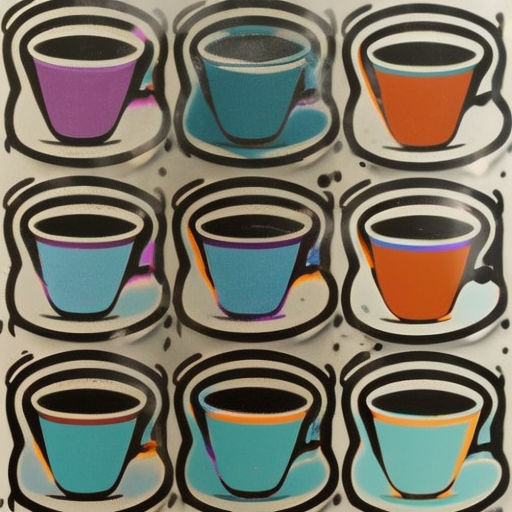Do you ever find yourself wishing for a hot cup of coffee while out and about? Or, maybe you’re just looking for a way to make your morning commute more enjoyable. If so, then a portable coffee maker may be just what you need. With the right portable coffee maker, you can enjoy that same delicious cup of coffee wherever and whenever you please.
The Market of Portable Coffee Makers
When it comes to portable coffee makers, there is no shortage of options. From single-serve French presses to pour-over brewers and everything in between, there are plenty of ways to get your caffeine fix on the go. Some models are designed with portability in mind; they’re lightweight and small enough to fit easily into most bags or backpacks. Others offer more features such as heating plates or digital temperature control, making them better suited for a home kitchen countertop than a camping trip. It all depends on your needs and budget. Several models that create quick espresso shots with either a hand pump or gas cartridge are really small, but you do need to provide hot water for them or it is a cold drink
What to Look For in a Portable Coffee Maker
No matter which type of portable coffee maker you choose, there are some key features that you should look out for before buying. Most importantly, make sure the unit is easy to clean and maintain. Since these devices don’t have built-in water tanks like traditional electric espresso machines, they require regular cleaning and maintenance if you want them to last longer. Additionally, look for one with an insulated carafe or mug so that your drink stays warm even after hours of traveling. And finally, make sure the device has adjustable settings so that you can customize the strength and flavor of each cup exactly how you like it.
Whether you’re an avid traveler or just someone who wants their daily cup of joe on-the-go, having the right portable coffee maker can make life much easier—and tastier. With so many models available on the market today, finding the perfect one shouldn’t be too hard if you know what features to look out for. Check out reviews online and compare different models before making your purchase to ensure that your investment will be worth it in the long run.
An example of the really portable coffee maker I mentioned above (needs hot water from another source) is the Aeropress Go Portable Travel Coffee Press Kit, which makes 1-3 Cups. Please note that if you purchase from clicking on the link, I will get a tiny bit of that sale to help keep this site going.






